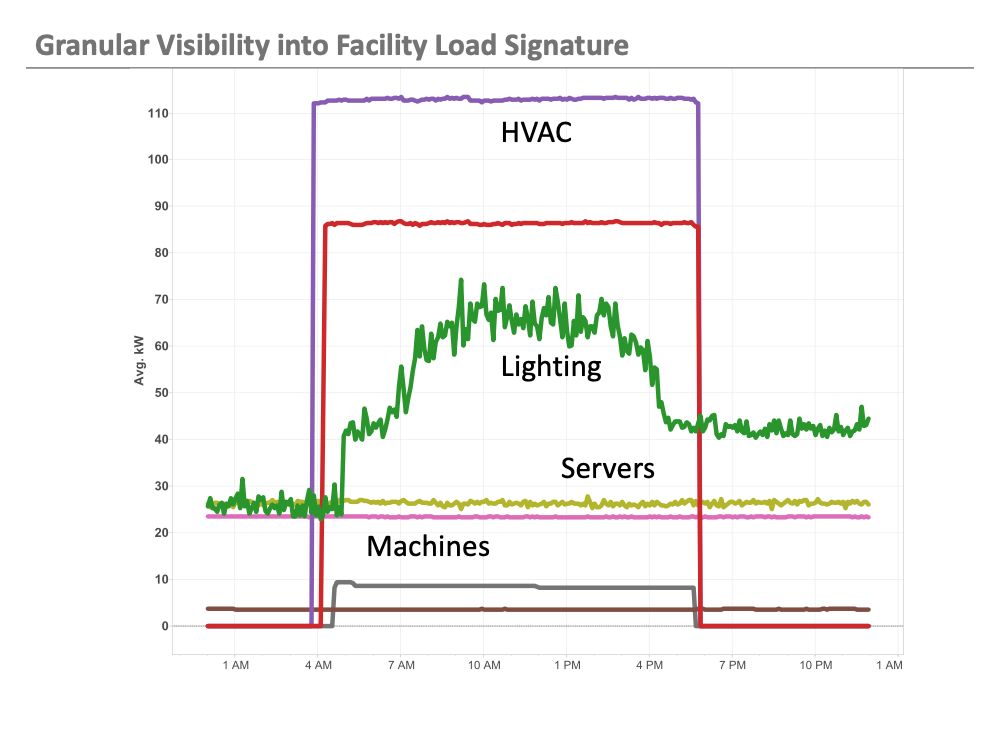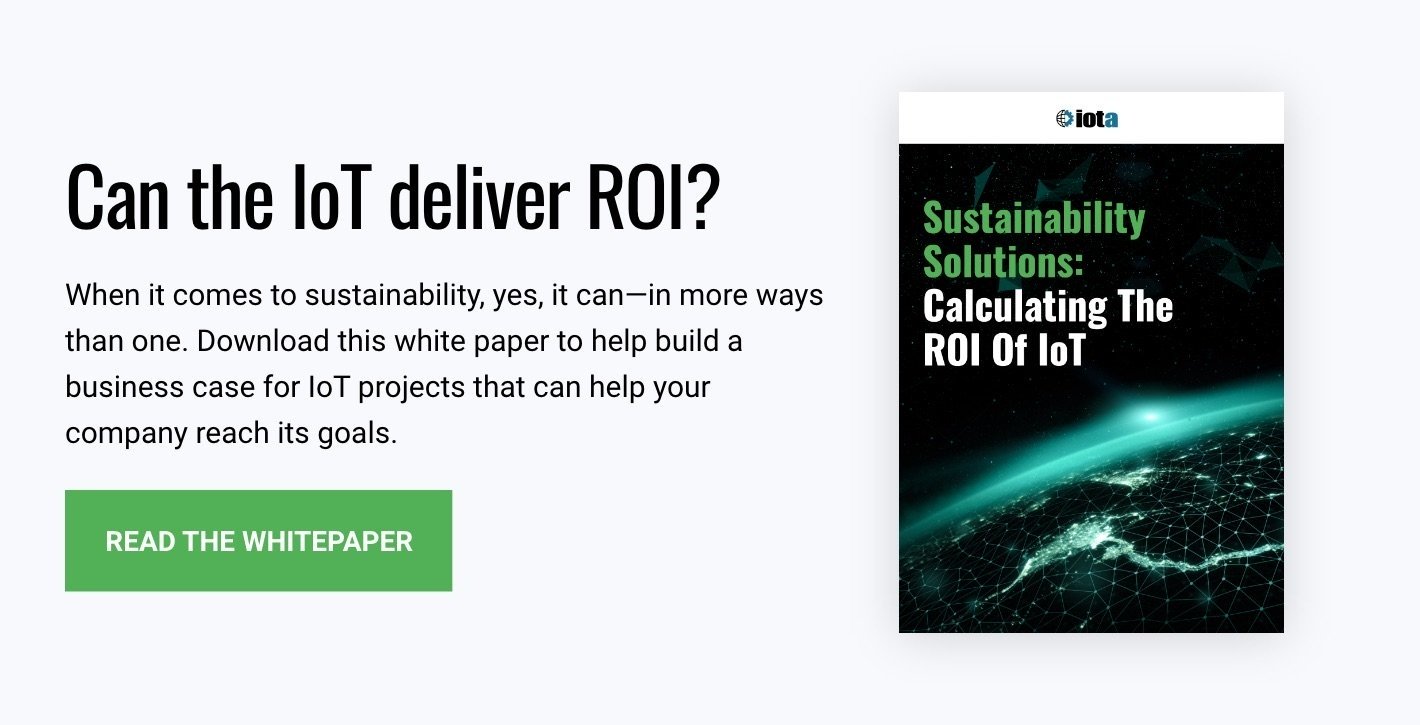Most leaders would profess to have a desire for their organizations to become more sustainable—and many have already made efforts in that direction. But admittedly, those good intentions don’t always live up to expectations, whether it’s because of ill-defined objectives, underdeveloped strategies, or the absence of ways to measure those strategies’ actual effectiveness. In fact, according to one survey, of the companies that reported having a corporate sustainability plan with an important 2020 milestone, only 45% said they had achieved a great deal of success in reaching their goals.
So what types of sustainability strategies are working? Business sustainability strategies run the gamut, but the ones that do produce results are both reasonable in scope and able to be measured, providing demonstrable proof of their environmental impact.
Below are four business sustainability strategies that align with the Leadership in Energy & Environmental Design (LEED) checklist for building operations and maintenance, which focuses on performance-oriented sustainable strategies and outcomes. Regardless of your industry or operations, these strategies are well within reach—and because they all rely on Internet of Things (IoT) systems to monitor, measure, and analyze building data, your progress can easily be measured and benchmarked for continuous improvement over time.
Looking for a partner who can help you implement and measure your business sustainability strategies? Schedule a call with Iota today.
Four Business Sustainability Strategies (For Companies Serious About Making An Impact)
1. Implement an indoor air quality (IAQ) management program.
LEED places emphasis on indoor environmental quality because poor air quality negatively impacts occupant health and safety. According to the EPA, poor indoor air quality affects 33% to 50% of commercial buildings in the U.S., sometimes causing “sick building” syndrome, which causes a wide variety of symptoms. Sick building syndrome could be caused by inadequate ventilation (the introduction and distribution of clean air); biological contaminants such as molds and bacteria; or chemical contaminants like volatile organic compounds or formaldehyde.
To create a healthy and comfortable indoor environment, building managers should implement an indoor air quality management program that both controls contaminants and ensures adequate ventilation. The foundation of a good IAQ program is an Internet of Things (IoT) platform that monitors the air continuously to detect the presence of common pollutants and helps maintain the appropriate volume of fresh air. It also provides actionable data you can use to address existing issues and document your improvement over time.
Read more about how to implement an indoor air quality management program.
2. Practice responsible water use.
Water is a limited resource and a primary component of everyday usage within most facilities, which is why all companies should be striving to use it more responsibly. In the U.S., the average 100,000-square foot building consumes more than 2 million gallons of water per year, and pipe leakage is responsible for a significant amount of water loss in industrial/commercial facilities. Knowing how much water your own facility uses on a daily, weekly, and yearly basis is the first step to reducing your consumption; you also need a fail-safe approach to detecting inadvertent water waste.
[bctt tweet=”In the U.S., the average 100,000-square foot building consumes more than 2 million gallons of water per year, and pipe leakage is responsible for a significant amount of water loss in industrial/commercial facilities.” username=”iotacomm”]
Using IoT sensors for near real-time water monitoring is a strategy that has the potential to reduce water use by up to 15%. Knowing the timing and volume of water usage will help identify where you’re using water and ways to reduce consumption. Sensors are also capable of detecting leakages that might otherwise go unnoticed.
Read more about IoT water quality monitoring systems.
3. Reduce your energy consumption.
The emission of CO2 and other compounds resulting from the burning of fossil fuels is the major factor contributing to climate change; reducing your energy footprint translates into improved atmospheric conditions. Therefore, most businesses that are serious about sustainability have energy efficiency as a major part of their corporate sustainability plan.
No two buildings use energy the same way, which is why this business sustainability strategy is only effective if it is built on your specific facility’s energy footprint. Using the IoT, you can gather data about the ways energy is used in your building (see the chart below), giving you an in-depth understanding of your energy consumption. From there, you can identify areas of waste and inefficiency, and direct your efforts in developing energy efficiency strategies that will have the most impact.

Read more about strategies for reducing energy consumption.
4. Take advantage of renewable energy technologies.
As LEED notes, finding ways to reduce your energy consumption and investing in smart technology are good places to start when it comes to reducing greenhouse gas emissions, but there will always be a need to purchase or create energy for commercial buildings. Using renewable energy represents a way to diversify your energy supply.
Many corporations aiming to become more sustainable are increasing their reliance on renewable resources like solar power. To gain access to solar power, look for an “energy as a service” partner who can help you build, finance, and operate a local solar power plant. In addition, solar power monitoring devices monitor and optimize temperature, lighting, and energy consumption, producing a wealth of data you can use to improve your building’s overall performance.
Read more about IoT-based solar power for businesses.


